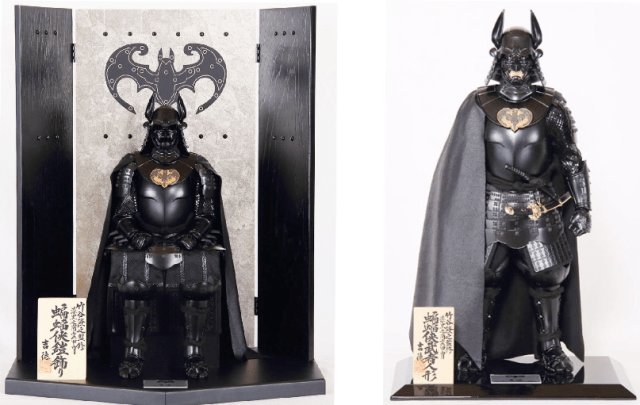
The world’s greatest detective swaps his cowl for a kabuto in tie-up with 208-year-old Tokyo crafting company.
The Japanese word ningyo is usually translated as “doll,” but you could argue that it’s closer in meaning to “figure.” In general, traditional ningyo aren’t something that kids hold in their hands and play with. Instead, they’re beautifully crafted pieces of art that are displayed in the home.
For example, the hina ningyo above are decorations for Hinamatsuri, a March holiday that’s also sometimes called “Girls’ Day.” Below is a Gogatsu ningyo, which is to be put out two months later on Children’s Day (previously known as Boys’ Day).
Yoshitoku, the Tokyo-based maker of the dolls seen here, is now applying its skills to a slightly more modern project: Batman ningyo. But we say “slightly” because Yoshitoku, which was founded in 1711, obviously doesn’t want to stray too far from its roots, which is why the Caped Crusader has been reimagined as a mantle-wearing musha, or samurai warrior.
Two different figures are available, featuring the same set of bat armor, which sprang from the mind of veteran designer Takayuki Takeya, who’s previously contributed to the on-screen content and/or models for franchises including Final Fantasy, Attack on Titan, Devilman, and Zeiram (he’s also the designer of the Star Wars samurai figure we looked at here).
In his transition to Sengoku era swordsman, Batman has swapped his cowl for a kabuto-style helmet, complete with face guard that simultaneously adheres to period-correct protective protocol and conceals his secret identity as billionaire playboy Bruce Wayne. The Batman emblem is proudly displayed above the jet-black breastplate, which itself looks like something historical warlord and early-adopter of foreign innovations Oda Nobunaga is often depicted wearing. And while Batman has a strict “no guns” rule, apparently paired katana and wakizashi swords, with gold trim, fall within his limits for acceptable weaponry.
▼ A look reminiscent of the Batman Ninja anime
Since these are decorative pieces, they’re scaled to stand out, with the standing figure measuring 62 centimeters (24.4 inches) in height. The seated figure is actually taller, at 73 centimeters, and includes the castle wall-like backdrop. In keeping with the master-level status of Yoshitoku’s craftsmen, each is priced at 300,000 yen (US$2,700), and orders can be placed starting March 1 on the company’s website, with shipping scheduled for late May.
Related: Yoshitoku website
Top image: Yoshitoku press release
Insert images: Yoshitoku (1, 2), press release

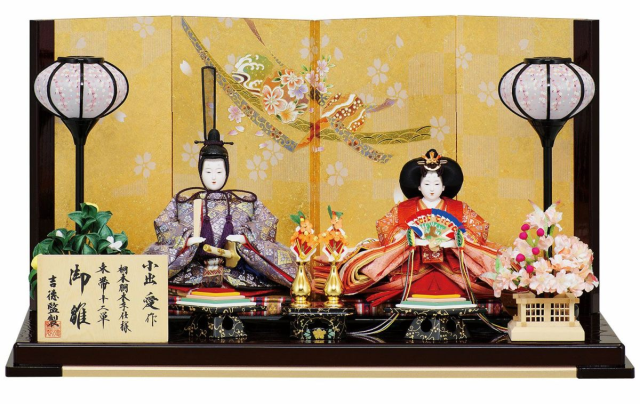
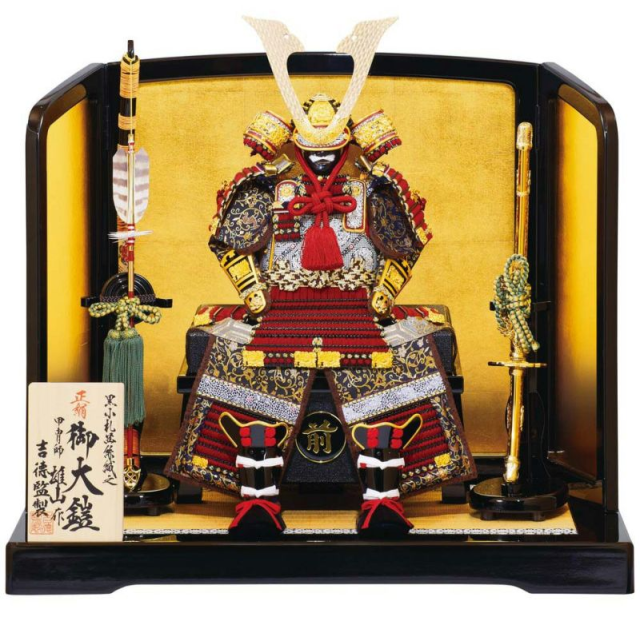
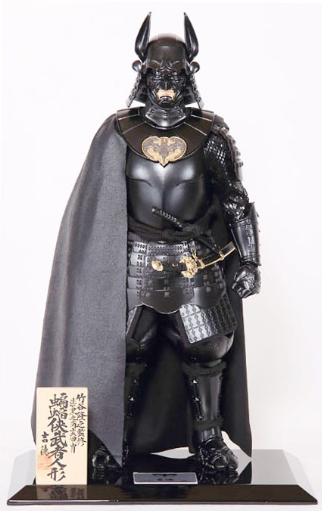
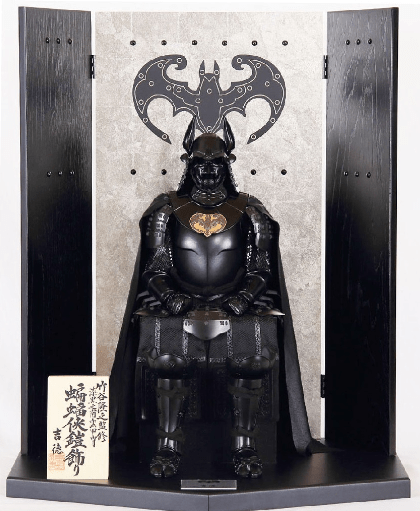
 Hatsune Miku becomes classic hina doll to show girls they don’t have to get married to be happy
Hatsune Miku becomes classic hina doll to show girls they don’t have to get married to be happy Japanese voodoo dolls with foreign politician photo keep getting nailed to town’s shrine trees
Japanese voodoo dolls with foreign politician photo keep getting nailed to town’s shrine trees Limited-edition Batman Ninja figure is the epitome of stealth, justice and awesomeness
Limited-edition Batman Ninja figure is the epitome of stealth, justice and awesomeness Pre-order the sleek new Batman figure envisioned by a prolific video game designer
Pre-order the sleek new Batman figure envisioned by a prolific video game designer Starbucks Reserve Roastery sells lucky Japanese figurines to ring in 2023
Starbucks Reserve Roastery sells lucky Japanese figurines to ring in 2023 Demon Slayer: Kimetsu no Yaiba gets new roller coaster attractions and food at Universal Studios Japan
Demon Slayer: Kimetsu no Yaiba gets new roller coaster attractions and food at Universal Studios Japan How to order snacks on a Shinkansen bullet train in Japan
How to order snacks on a Shinkansen bullet train in Japan Nintendo history you can feel – Super NES, N64, and GameCube controllers become capsule toys
Nintendo history you can feel – Super NES, N64, and GameCube controllers become capsule toys New Nintendo Lego kit is a beautiful piece of moving pixel art of Mario and Yoshi【Photos】
New Nintendo Lego kit is a beautiful piece of moving pixel art of Mario and Yoshi【Photos】 McDonald’s adds a new Cheese Bacon Potato Pie to its menu in Japan for a limited time
McDonald’s adds a new Cheese Bacon Potato Pie to its menu in Japan for a limited time Japan’s new difficult-to-drink-from beer glass protects your liver, but it’s a brutal experience
Japan’s new difficult-to-drink-from beer glass protects your liver, but it’s a brutal experience Burger King Japan suddenly adds Dr. Pepper and Dr. Pepper floats to its menu nationwide
Burger King Japan suddenly adds Dr. Pepper and Dr. Pepper floats to its menu nationwide Japan’s foreign population reaches historic milestone following largest-ever single-year surge
Japan’s foreign population reaches historic milestone following largest-ever single-year surge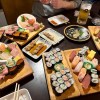 Shinjuku izakaya’s all-you-can-eat-and-drink plan is one of Tokyo’s best secret cheap eats
Shinjuku izakaya’s all-you-can-eat-and-drink plan is one of Tokyo’s best secret cheap eats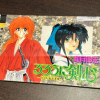 Creator of Rurouni Kenshin manga/anime avoids jail time in child pornography possession case
Creator of Rurouni Kenshin manga/anime avoids jail time in child pornography possession case Hello, cosmetics! Clinique teams up with Hello Kitty this summer for first-time collaboration
Hello, cosmetics! Clinique teams up with Hello Kitty this summer for first-time collaboration “The most Delicious Cup Noodle in history” – Japan’s French Cup Noodle wins our heart【Taste test】
“The most Delicious Cup Noodle in history” – Japan’s French Cup Noodle wins our heart【Taste test】 Starbucks releases a cute Frappuccino and Unicorn Cake…but not in Japan
Starbucks releases a cute Frappuccino and Unicorn Cake…but not in Japan Kyoto Tower mascot termination reveals dark side behind cute Japanese characters
Kyoto Tower mascot termination reveals dark side behind cute Japanese characters McDonald’s Japan’s Soft Twist Tower: A phantom ice cream only sold at select branches
McDonald’s Japan’s Soft Twist Tower: A phantom ice cream only sold at select branches Yabai Ramen: What makes this Japanese ramen so dangerous?
Yabai Ramen: What makes this Japanese ramen so dangerous? Finally! Nintendo Japan expands Switch 8-bit controller sales to everybody, Online member or not
Finally! Nintendo Japan expands Switch 8-bit controller sales to everybody, Online member or not Japanese government wants to build luxury resorts in all national parks for foreign tourists
Japanese government wants to build luxury resorts in all national parks for foreign tourists To combat declining birth rate, Japan to begin offering “Breeding Visas” to foreigners
To combat declining birth rate, Japan to begin offering “Breeding Visas” to foreigners 10 things you should buy at 7-Eleven in Japan
10 things you should buy at 7-Eleven in Japan Studio Ghibli releases anime heroine cosplay dresses that are super comfy to wear
Studio Ghibli releases anime heroine cosplay dresses that are super comfy to wear Woman charged for driving suitcase without a license in Osaka
Woman charged for driving suitcase without a license in Osaka Studio Ghibli unveils My Neighbour Totoro miniature house model
Studio Ghibli unveils My Neighbour Totoro miniature house model Kyoto experiencing problems with foreign tourists not paying for bus fares, but not on purpose
Kyoto experiencing problems with foreign tourists not paying for bus fares, but not on purpose Fighting mild hunger with a Japanese soda that turns into jelly in the stomach【Taste test】
Fighting mild hunger with a Japanese soda that turns into jelly in the stomach【Taste test】 Studio Ghibli’s Howl’s Moving Castle tapestry unveiled in Japan for first time
Studio Ghibli’s Howl’s Moving Castle tapestry unveiled in Japan for first time McDonald’s new Happy Meals offer up cute and practical Sanrio lifestyle goods
McDonald’s new Happy Meals offer up cute and practical Sanrio lifestyle goods Sales of Japan’s most convenient train ticket/shopping payment cards suspended indefinitely
Sales of Japan’s most convenient train ticket/shopping payment cards suspended indefinitely Sold-out Studio Ghibli desktop humidifiers are back so Totoro can help you through the dry season
Sold-out Studio Ghibli desktop humidifiers are back so Totoro can help you through the dry season Japanese government to make first change to romanization spelling rules since the 1950s
Japanese government to make first change to romanization spelling rules since the 1950s Foreigner’s request for help in Tokyo makes us sad for the state of society
Foreigner’s request for help in Tokyo makes us sad for the state of society Ghibli founders Toshio Suzuki and Hayao Miyazaki contribute to Japanese whisky Totoro label design
Ghibli founders Toshio Suzuki and Hayao Miyazaki contribute to Japanese whisky Totoro label design Doraemon found buried at sea as scene from 1993 anime becomes real life【Photos】
Doraemon found buried at sea as scene from 1993 anime becomes real life【Photos】 Tokyo’s most famous Starbucks is closed
Tokyo’s most famous Starbucks is closed Princesses, fruits, and blacksmiths: Study reveals the 30 most unusual family names in Japan
Princesses, fruits, and blacksmiths: Study reveals the 30 most unusual family names in Japan Samurai backpacks from Kyoto combine lamellar tradition, awesome style, and modern functionality
Samurai backpacks from Kyoto combine lamellar tradition, awesome style, and modern functionality Mermaid mummy stored at Japanese temple has true identity revealed after year-long study【Video】
Mermaid mummy stored at Japanese temple has true identity revealed after year-long study【Video】 Charges dropped against elderly Japanese man for nailing Putin voodoo doll to sacred shrine tree
Charges dropped against elderly Japanese man for nailing Putin voodoo doll to sacred shrine tree Batman spotted cruising the Japanese expressways as he trades Gotham City for Chiba Prefecture
Batman spotted cruising the Japanese expressways as he trades Gotham City for Chiba Prefecture Thailand’s biggest Batman fan opens a museum with his own 50,000-piece collection
Thailand’s biggest Batman fan opens a museum with his own 50,000-piece collection KFC’s Colonel Sanders is becoming a samurai in Japan this week
KFC’s Colonel Sanders is becoming a samurai in Japan this week Look out! Here comes the Samurai Spider-Man
Look out! Here comes the Samurai Spider-Man Joker weds Harley Quinn! Guess who walked the bride down the aisle
Joker weds Harley Quinn! Guess who walked the bride down the aisle Pikachu meets the Renaissance in the wacky paintings of Notre Chauvet
Pikachu meets the Renaissance in the wacky paintings of Notre Chauvet Samurai C-3PO is the Japanese warrior droid we’ve all been waiting for
Samurai C-3PO is the Japanese warrior droid we’ve all been waiting for Samurai Colonel Sanders is coming to KFC stores around Japan
Samurai Colonel Sanders is coming to KFC stores around Japan We check out the new Samurai Star Wars figurines from Bandai and Tamashii Nations【Pics】
We check out the new Samurai Star Wars figurines from Bandai and Tamashii Nations【Pics】 These amazing, super realistic Ohmu action figures from Nausicaa are so worth paying US$300 for
These amazing, super realistic Ohmu action figures from Nausicaa are so worth paying US$300 for Please refrain from wearing Halloween costumes that may scare people, Tokyo trains wisely ask
Please refrain from wearing Halloween costumes that may scare people, Tokyo trains wisely ask Celebrate the Hinamatsuri Festival in sweet style with treats from Cozy Corner!
Celebrate the Hinamatsuri Festival in sweet style with treats from Cozy Corner!
Leave a Reply